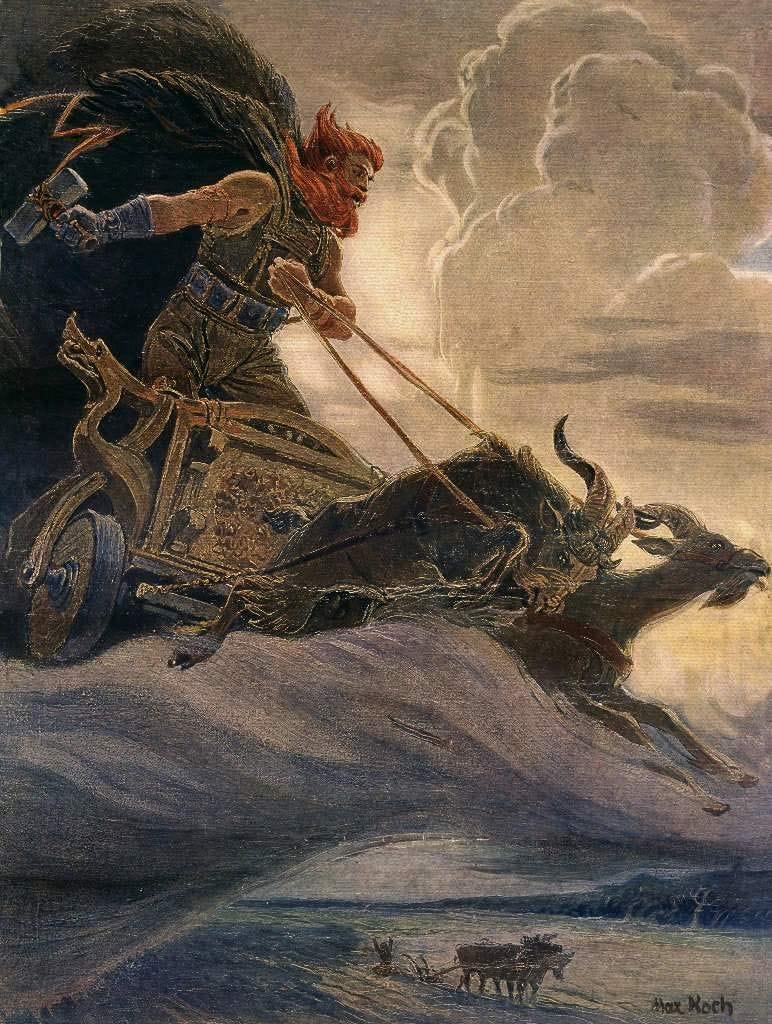Thor and Ǫnd
Thor as a god of breath and life force.
In the Daoist tradition, “Qi” is understood to be one’s own vital life force energy. The practice of Qigong is the energetic system of harnessing this life force energy through breath, movement and posture exercises. The Germanic people understood this life force energy as Ǫnd (“breath”, “soul”).
The ancient Germanic pre-Christian peoples of Europe understood concepts which we commonly refer to as “esoteric” today. I will offer an interpretation based on the skaldic poem Þórsdrápa (“Lay of Thor”) by Eilífr Goðrúnarson and the Gylfaginning (“Beguiling of Gylfi”) in Snorri Sturlursson’s Prose Edda using my multifaceted perspective approach that points towards the fact that the old Norse people were aware of the ǫnd present in all things and knew how to harness it.
Multifaceted perspective: My view on the myths is one I have previously called the “multifaceted perspective” in which the myths can be literal, symbolic, allegorical, metaphorical and more, simultaneously. The myths, therefore, can have multiple meanings encoded within them and are simultaneously true for even just one myth alone. Make no mistake, every being in our tradition is absolutely real. This means that whilst the interpretation of this specific myth is but one view representative of innate spiritual qualities that exist in reality, it is also acceptable to view the myths themselves as an occurrence in cosmic space-time whilst simultaneously representing other metaphorical, allegorical and symbolic principles of divine nature as well. May this serve as a useful guide and helpful spiritual view for Germanic Pagans to take from.
In the Gylfaginning, chapter 20, it is revealed that Thor requires three crucial possessions: His Járngreipr (“Iron grippers”), megingjǫrð (“power-belt”) and His hammer Mjǫllnir. Without His Járngreipr, Thor is unable to wield His hammer.
Keep reading with a 7-day free trial
Subscribe to Heryos Chad to keep reading this post and get 7 days of free access to the full post archives.


